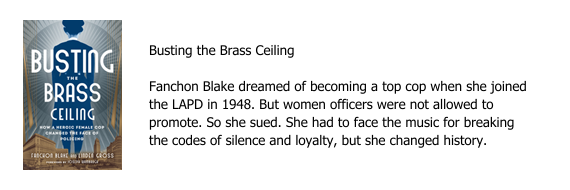My friend and client, Jane Hiatt, is just finishing up a book about hypnosis and trauma called Deep Medicine for Trauma: 5 Powerful Treatments for Healing That Experts Have Overlooked, based on her years of working in that arena. The stories of people coming to terms with trauma that has continued to negatively impact their lives are as surprising as how little hypnosis has been used in this context.
Now that the book is almost done, Jane wanted to start thinking about cover design. I always recommend that people get their book covers designed as soon as they’re 100 percent positive they’ve come up with the definitive title and subtitle. For starters, it makes the book seem more real, which can help motivate you when the writing gets tough and then get you across the finish line. In addition, self-publishing is expensive, and a lot of those expenses pile up at the end. You can’t exactly have your book line edited, copy edited, or formatted while you’re still writing. And you need a finished book before you get into production, distribution, and promotion. So, this is one of the few publishing-related expenses you can frontload.
I suggested that we get on a Zoom call with my Incubation Press associate, Keri-Rae Barnum, for a book cover consult. First, however, Keri would need to see a synopsis of the book, as well as a handful of covers in the trauma and psychotherapy genres that appealed to Jane. “Just go onto Amazon and pick covers you like,” Keri instructed. “We’ll most likely find patterns in your choices.”
Sure enough, half of Jane’s cover selections we reviewed during the book cover consult showed flowy pictures of women’s faces, and half featured nature.
“Do you feel that your book will appeal mostly to women?” Keri asked.
Jane responded that while she felt that women might be more open to the topic, about half the book’s stories were about men.
“Men don’t tend to buy books with women on the cover,” Keri said.
That made the decision easy. We turned our attention to the nature covers. “Men also are less likely to buy books with covers that feature flowers or certain colors, like pink.”
Nix the flowers.
With the basics having been established, Keri went through each of the covers Jane had picked, asking her to explain what she liked and didn’t like about each. That helped ascertain that Jane was open to playing with fonts rather than just sticking with a blocky title and byline.
One of the covers featured the sea, an image that worked for Jane in terms of the idea of going deep inside.
“Except that’s not included in any of the stories in your book,” I said.
The most prominent image that recurred in the stories was that of a tree, particularly since Jane often asks clients to picture finding a door in a tree trunk that leads them down through the root system.
So, we started looking at trees, and branches, and roots, and trees with roots. Until we found a circular tree with roots that gave a womb-like sense of being cradled, while allowing plenty of room for integrating a title into the design. Bingo! That’s the image the designer played with.
A week or two later, the cover drafts arrived.
“They are all so beautiful. I love them,” Jane wrote in an email. “I don’t know which one to pick.”
As it turned out, we decided to tinker with two of them and save a third cover for her next book. The latest drafts just hit. I can’t wait to see which one Jane goes with.
Stay tuned!




















0 Comments